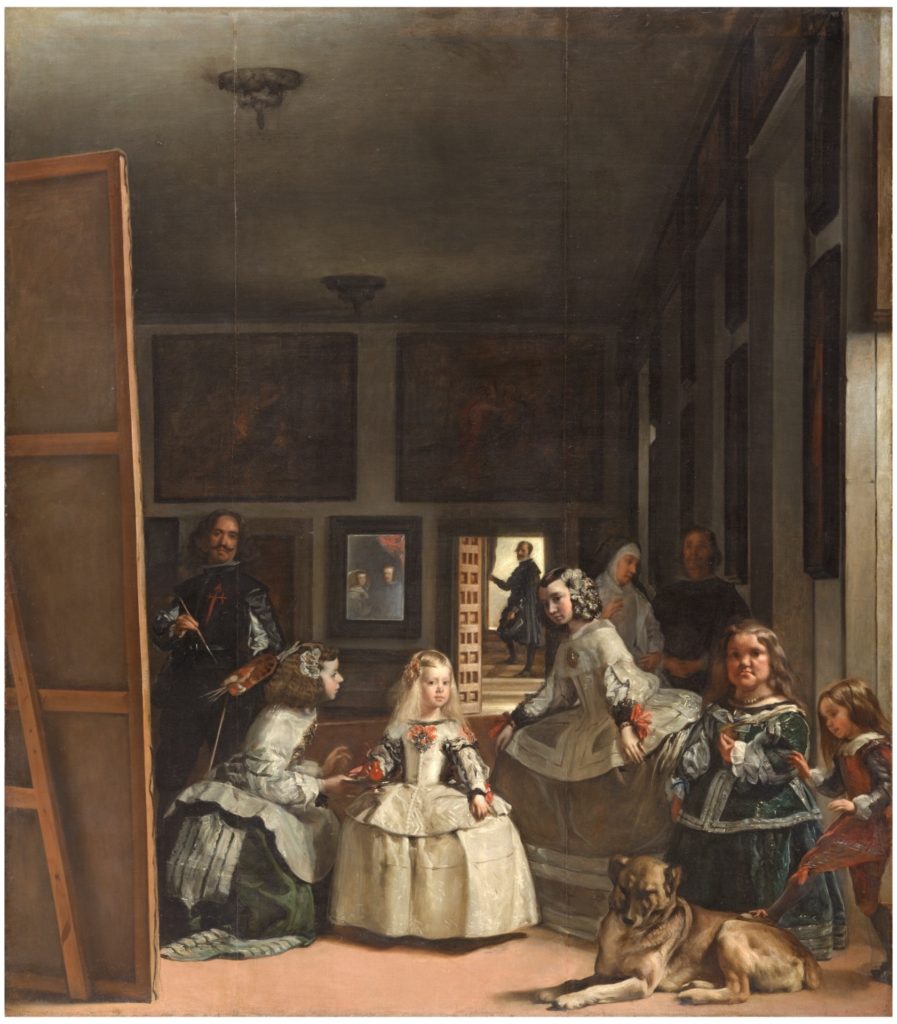Allow us to begin by quoting two Wittgensteinian propositions and an excerpt from Roy Wagner’s comments on them in his The Logic of Invention (2019).
Wittgenstein:
“A picture cannot […] depict its pictorial form: it displays it” (Tractatus, 2.172).
“A picture cannot […] place itself outside its representational form” (ibid., 2.174)
Wagner:
“A picture does not have hands, does not have eyes; does not have agency, so […] like a mirror [it] bores your agency to bring about the things we choose to see in it. A picture incorporates the viewer as the necessary (incorporative) part of viewing it, and thus ‘makes’ the viewer incorporate it. This may in fact sound trivial, but a moment’s reflection will show that it is exactly what a mirror does. To depict itself, a picture would have to incorporate a miniaturised version of its totality as one of its parts or aspects (and thus do itself to itself) and thus acquire the property of self-scaling. […] It cannot, for this very reason, depict itself, nor depict itself depicting itself, not even depict others depicting it, for each of these would require a separate standpoint. […] Vermeer tried to paint a picture (The art of painting) of a picture depicting itself, and failed so brilliantly that he actually succeeded” (The Logic of Invention, pp. 23-24).
This is Vermeer’s painting:

Johannes Vermeer, Allegorie op de schilderkunst (Art History Museum, Vienna)
In it we see from without – that is to say, from an external perspective: ours – the painter painting what he paints. Only in this way can the painter pretend to see himself. Put differently, we see the painter painting what he paints as though he could paint himself; yet he himself is blind to it, as he needs us for that.
“To depict itself,” says Wagner, “a picture would have to incorporate a miniaturised version of its totality as one of its parts or aspects (and thus do itself to itself) and thus acquire the property of self-scaling.” This, then, is what Vermeer manages to do. But he cannot but use us, he cannot but use the viewer for it.
We thought we were in an art gallery or a museum, but Vermeer makes us play a game whose structure resembles the self-scaling logic of a set of Matryoshka dolls: enclosed in his own painting, as it were, he is one doll – we are the next doll that comprises his.
Perhaps this is how Vermeer breaks with the art of Renaissance-based perspectivism: rather than revolving around a single vanishing point that attracts to itself whatever is contained in the painting, whose perspective the viewer merely witnesses to, the painting itself is now folded into another, external, perspective: that of the viewer. And this at the same time that it is internally folded into itself by depicting a painter painting.
Vermeer had The art of painting finished between 1666 and 1668. One hundred years earlier, Velázquez, in his famous The Ladies-in-waiting (Las Meninas), had fancied an altogether different manner of making a painting depict itself. Observe the painting carefully.

Diego Velázquez, Las Meninas (Prado Museum, Madrid)
In The Order of Things, Foucault offers a commentary on Velázquez’s painting focussing on the circumvention of those who are posing in it for the painter to paint them: the king, Philip IV of Spain, and the queen, Mariana of Austria, whose reflection – but no more – we can see in the mirror placed at the back of the room, slightly below, and leftwards from, the geometrical centre of the painting, next to the opened door. As it is well known, Foucault deduces from it a number of epistemological implications relative to the ways of knowing in pre-modern and modern times, as well as to the centrality conferred to “man” by the modern regime of knowing.
We are interested in something else here, though. Compare Velázquez’s painting to Vermeer’s. If, in order to depict a painting depicting itself, Vermeer has us playing Russian dolls, Velázquez puts forward a different, and somewhat more sophisticated, trick.
Velázquez sets forth a kind of ergative logic, he transforms the object of the painting into its subject. For, in his case, we see the painter painting what he paints because we are precisely that which the painter paints. The fact that the king and the queen are seen in the mirror is purely accidental in a way: we could just as well place our own reflections instead of theirs.
Hence Velázquez’s logic is not so much a logic of escalation as it is a logic of inversion, a sort of figure-ground reversal in which ourselves qua objects of the painting can see the painter painting it, i.e. painting us. Wagner might have called it “reciprocity of perspectives.”
In one case (Vermeer), then, the outside of the painting is its absolute outside (an outside which is absolutely other to it), which is obtained, so to speak, by perspectival elongation; whereas in the other case (Velázquez), the outside of the painting is its inside through an intra-perspectival shift.
Vermeer the Baroque – Velázquez the Borgesian avant la lettre, as it were.
